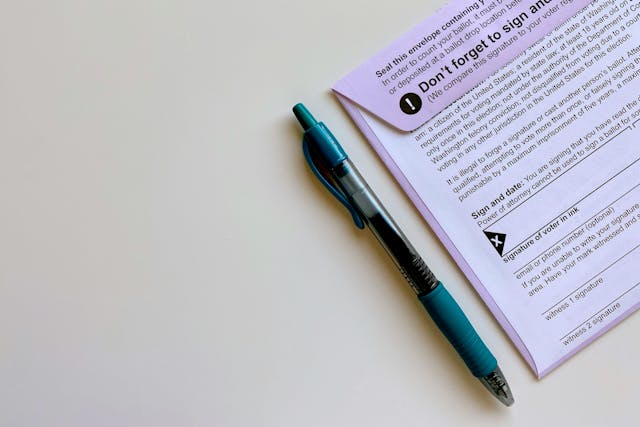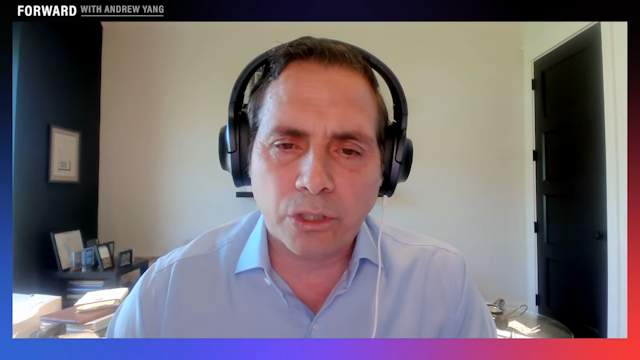CCPOA VP: Realignment 'Hasn't Stepped Up' Prison Rehabilitation

Governor Jerry Brown and Corrections Secretary Jeffrey Brown are in hot water with the Supreme Court. The system appears to be 9,600 inmates over the legally determined cap. They have until year's end to make the deadline. How will the state realign inmate numbers with constitutional standards without endangering the public?
The state has formally requested astay of the court order. Twice they have asked for more time to amend numbers and twice they have been denied. The system is currently running at approximately 150 percent capacity and will have to reduce that number to 137.5 percent by December 31 or the governor risks being held in contempt of court.
The governor released a plan to reduce the 9,600 surplus to roughly 2,000 by seeking more money to send inmates to out-of-state private prisons, expanding low-security fire-fighting camps, and leasing jail space from Los Angeles and Alameda counties, two of the most criminally active areas of California.
These are three of the governor's politically expedient options, in addition to parole for the elderly and expansion of "good-time credits" that allow prisoners to earn days of freedom through good behavior.
Average inmates earn one day of freedom for every day without an infraction, violent inmates one day for every two, and fire-fighting inmates two for every one. Expanding this program, as federal judges have ordered the governor to do, would likely mean a broader definition of both "good behavior" and "low-risk."
Corrections Secretary Jeffrey Beard has stated that there simply aren't any more low-risk offenders to release. Chuck Alexander, vice president of the California Correctional Peace Officers Association (CCPOA), confirmed that for as long as he's worked in the department, California isn't incarcerating traditionally "low-risk" offenders.
The definition of "low-risk" primarily refers to inmates who have accepted a plea bargain for a lesser crime than originally charged or parole violators. New restrictions on incarceration means very few state prisoners are "low-risk," even by these standards.
"The biggest misconception about the California corrections system," Alexander said, "is that it is easy to get into prison."
A telling example: an officer stops a parolee in his car who is high on meth and has burglary tools. The officer knows he is a burglar.
Before realignment, the officer could use his violation of parole on the previous conviction as reason enough to lock him up. After realignment, however, the state would have a difficult time placing the offender back in prison without a new conviction on burglary charges.
"The average number of felony charges for state prison inmates is nine," revealed Alexander. "Only five percent of felony arrests even go to trial...We do not incarcerate over an ounce of pot."As prisons stop accepting repeat offenders, it is getting harder to measure how many repeats are coming in. Recidivism rates, the critical indicator of rotating-door inmates, are not collected statewide.
One county may collect data to measure policy effect and another may not, leading to a "smoke and mirrors" patchwork of mystery trends. Coincidentally, since tweaking policy to avoid repeat incarceration without compensating in rehab, property crime in California has seen an increase.
This separation between county and state jurisdiction limits the government's ability to amend inefficient county procedures. When asked for comment on the possibilities of public bail assistance/bondsmen subsidies, expedition of the pretrial process, and credits/rehab for pretrial detainees, Alexander deferred expertise to the counties.
However, he indicated there is a strong bureaucratic incentive to either change current bail procedures or foster bondsmen:
"There do appear to be a lot of people locked up that... be out safely. They just can't make bail because they're poor."
Freeing this space would significantly ease prison pressure.
As far as rehab, Alexander said the state doesn't really do re-entry. Instead, they entrust this delicate task to manual labor or half-way houses. The state, in his opinion, "has not stepped up" to fully rehabilitate its prisoners, both because they "haven't had the space or the desire" and because "it costs money."
Alexander used a shoe factory "rehab" work program as an example.
"Unless you're going to go make Nikes in China... you aren't going to be employable," he said. He added that inmate barbers, although they learn the skills to be capable barbers, are unable to secure a barber's license post-release because of their status as ex-felons.
He suggested "community-based" alternatives; expanding the half-way house system outside the prisons is an attractive alternative to county jail construction.
Fostering parolees unable to hold down jobs (or even be considered for one) may ensure they don't reach the nine-felony-average that will qualify them for incarceration. Examples from Texas suggest that eventually "fiscal conservatism out over 'tough-on-crime' policies."
Fire-fighting camps are a valuable boon both for qualified prisoners and overloaded prisons. However, camps have swelled to capacity after the strict criteria for admission were tweaked. With 42 camps, 200 crews and over 4,000 training prisoners are training in the hills.
Currently, an inmate must have a non-serious sentence no longer than 2 years and have no rule violations to qualify for a camp. Whether these criteria will change again or more camps will be built remains to be seen.



